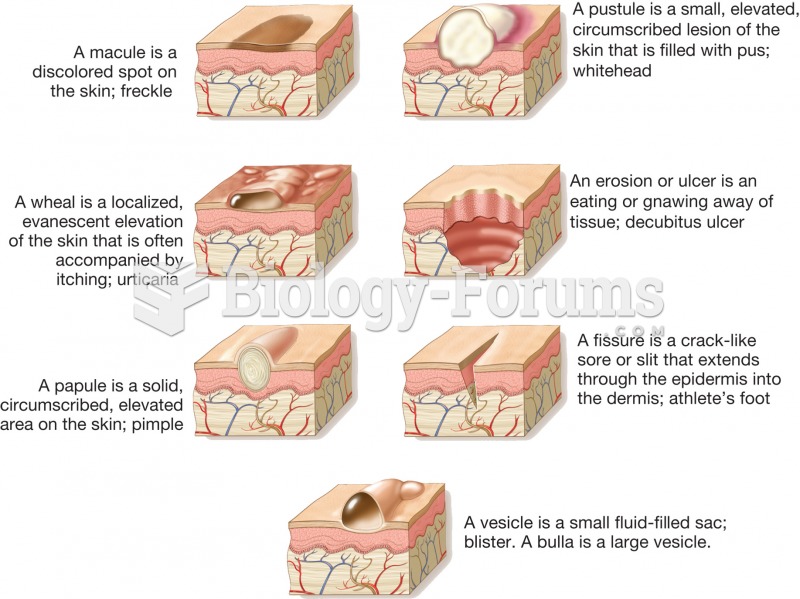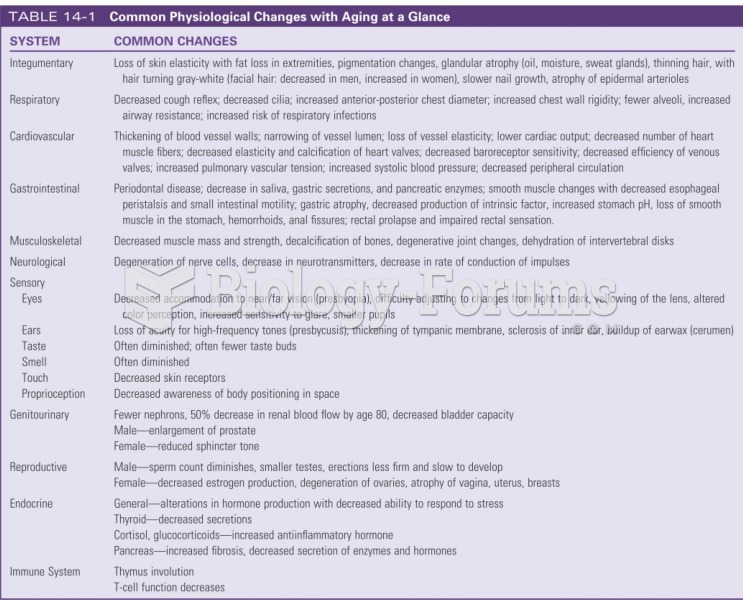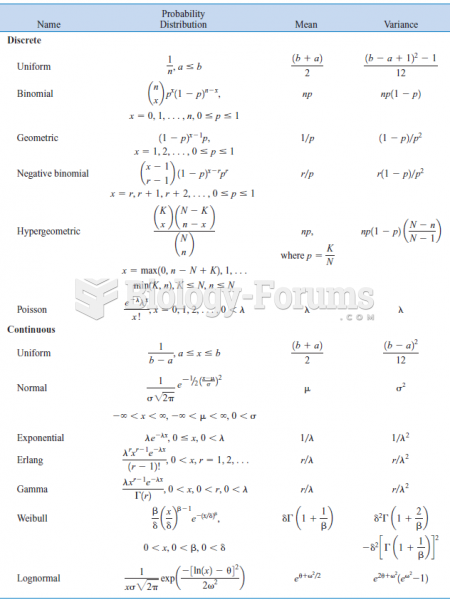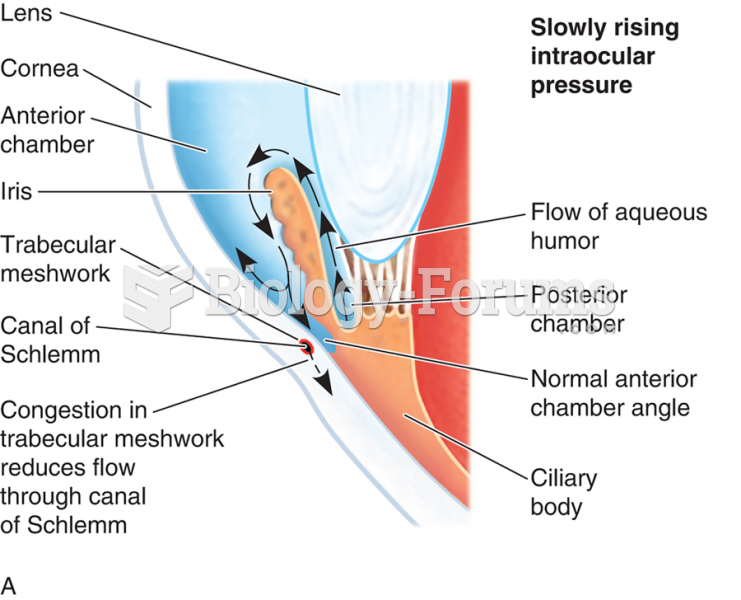|
|
|
Did you know?
Throughout history, plants containing cardiac steroids have been used as heart drugs and as poisons (e.g., in arrows used in combat), emetics, and diuretics.
Did you know?
People about to have surgery must tell their health care providers about all supplements they take.
Did you know?
The FDA recognizes 118 routes of administration.
Did you know?
The effects of organophosphate poisoning are referred to by using the abbreviations “SLUD” or “SLUDGE,” It stands for: salivation, lacrimation, urination, defecation, GI upset, and emesis.
Did you know?
Approximately 25% of all reported medication errors result from some kind of name confusion.







